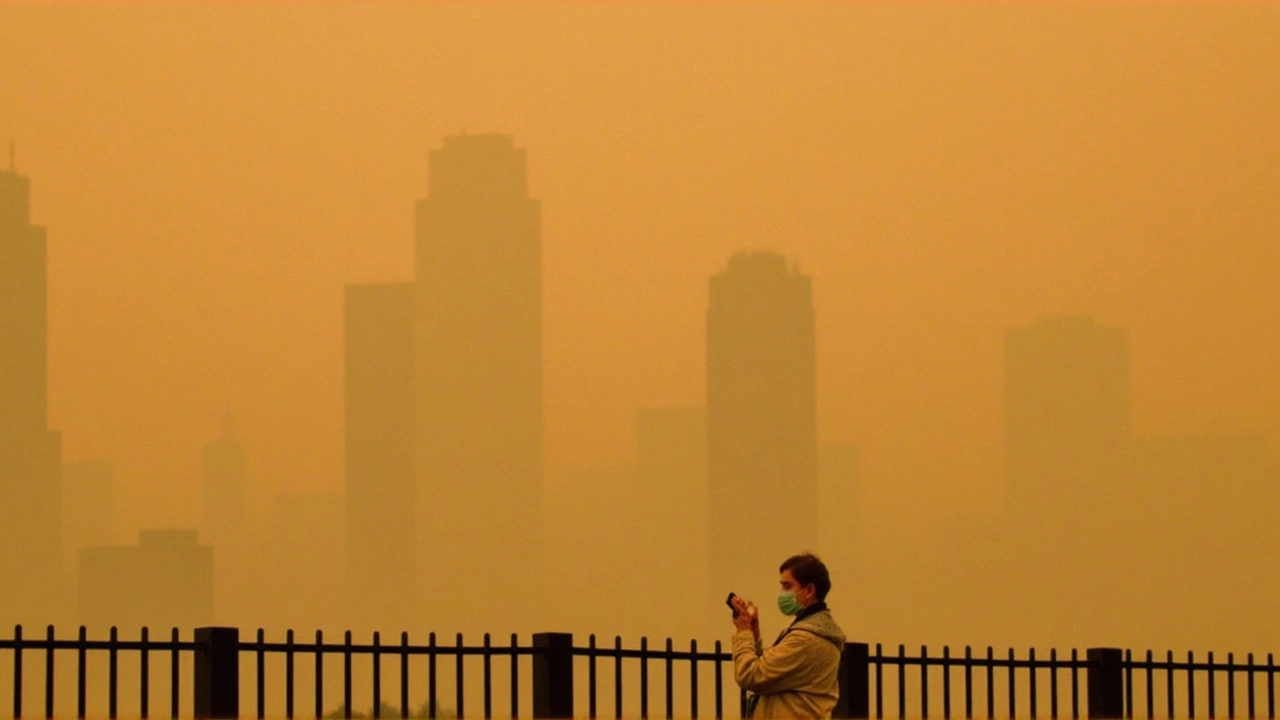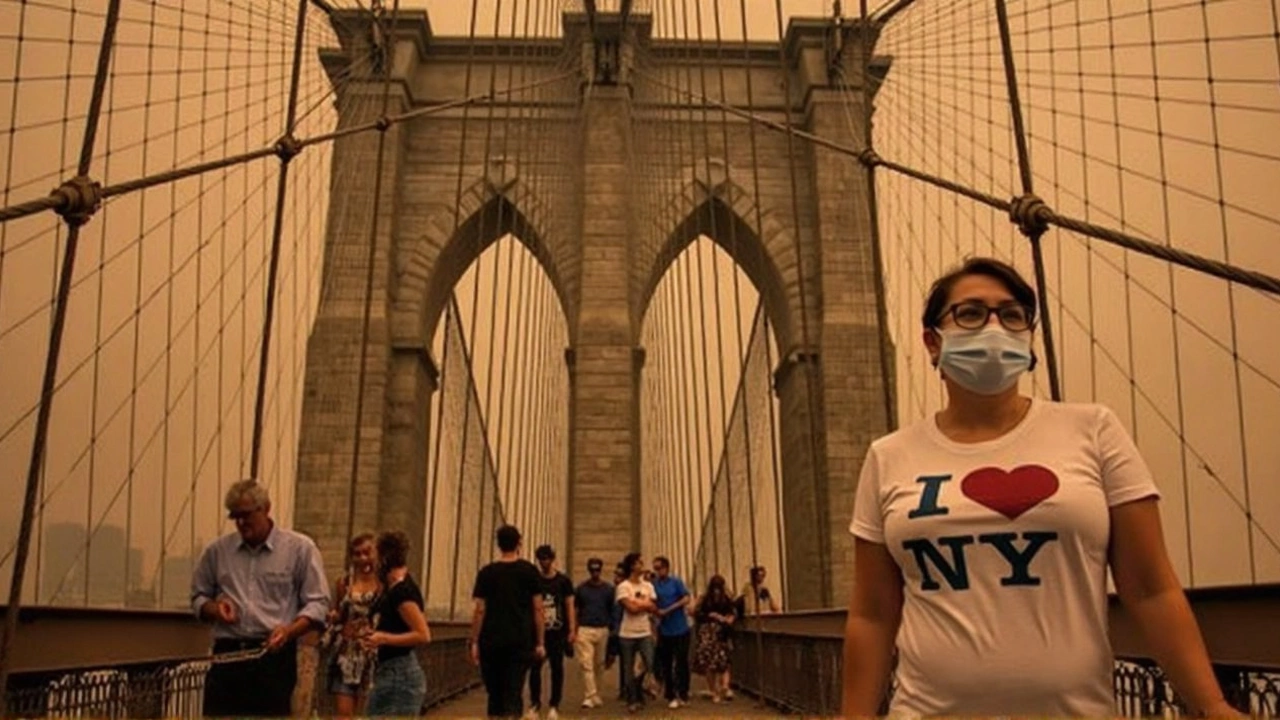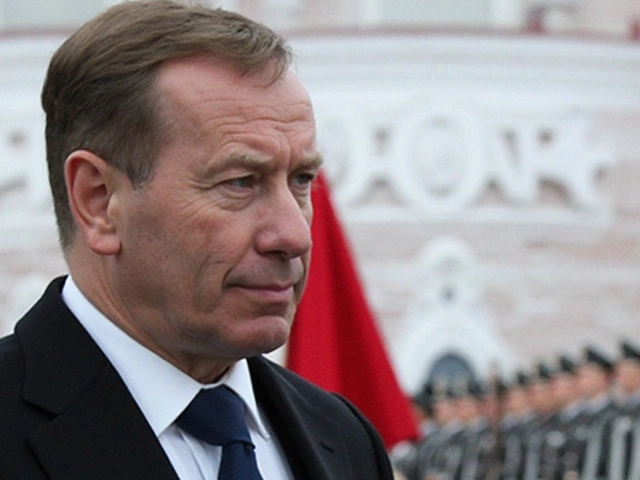Unprecedented Orange Haze Blankets New York City
If you blinked on June 7, 2023, you might have thought you’d landed on Mars instead of Manhattan. New York City’s skyline vanished behind a murky orange shroud, and people everywhere squinted against the stinging air. It wasn’t a movie special effect—it was thick wildfire smoke blowing in from raging Canadian fires, bringing with it some of the worst air quality this city had experienced in half a century.
People started their day as usual, but by noon, kids walking to school wore masks that hadn’t seen the light since the height of COVID. Streets emptied as the familiar smells of hotdog stands and city garbage gave way to a campfire stench. Smartphone alerts flashed warnings as the city’s air quality index shot off the charts. Sensors clocked PM2.5—tiny, lung-battering pollution particles—at nearly ten times the safe limit set by the World Health Organization. That’s three times higher than the EPA allows, a level more common to industrial cities than city parks and bodegas.
This wasn’t just smoke; it was loaded. Rutgers researchers Georgios Kelesidis and José Guillermo Cedeño Laurent pointed to brown carbon as the main culprit. These microscopic particles didn’t just turn the city orange; they scattered sunlight enough to dip temperatures by 3°C. But there was a catch: the coolness came at a cost. The so-called 'smoky umbrella' trapped pollutants right where New Yorkers breathe. So while you pulled on a jacket, your lungs worked overtime.

Health Crisis: Asthma Surges and Unseen Dangers
The consequences landed hard in emergency rooms. Kai Chen, a Yale epidemiologist, saw the alarm in the numbers: a 43% spike in asthma-related emergencies, peaking at 261 ER visits on the worst day. The epidemic didn’t pick favorites. Every borough, from the Bronx to Staten Island, sent people gasping for breath. Adults 18–64 were hit hardest; even the healthiest felt it, as eyes watered and lungs burned with every step outside.
Doctors struggled with more questions than answers. Wildfire smoke isn’t just your typical city smog—it’s a stew of chemicals and particles that scientists are still figuring out. Unlike regulated factory pollution, no two clouds of wildfire smoke are quite the same. Researchers stressed how little is understood about the effects of brown carbon and how long these particles might linger in bodies—or in city air.
Officials urged people to stay indoors, but even there, safety was no guarantee. Most apartments weren't built for high-pollution events. Air conditioners did little to block the haze, and only specialized air purifiers offered any real shelter. People scrambled for supplies, recalling how unprepared the city was just weeks before this all happened.
The disaster exposed glaring gaps in both research and protection. Health experts called for better ways to keep indoor air safe and pushed for deeper studies into wildfire particle effects. With wildfires becoming more common and spreading smoke over longer distances every year, New Yorkers—and city dwellers across the continent—now face this new environmental threat head-on, with far more questions than answers.





